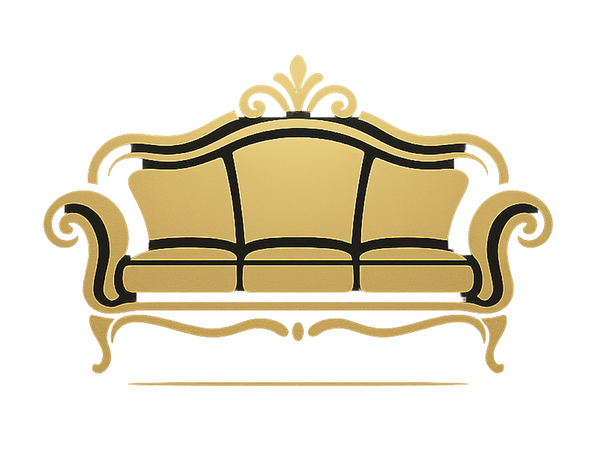Hotel Furnishings
Hotel furnishings cover both functional and aesthetic aspects. Well-designed furniture directly affects guest comfort, the hotel’s image, and the durability of the investment.
⸻
1. Types of Hotel Furniture
• Guest rooms:
• beds (with high-durability hotel mattresses),
• nightstands,
• desks / dressing tables,
• chairs or armchairs,
• wardrobes or closets,
• luggage racks.
• Common areas:
• reception (reception desk, sofas, coffee tables),
• lobby & lounge (sofas, armchairs, coffee tables),
• restaurant (tables, chairs, buffets),
• conference rooms (tables, chairs, modular systems).
• Recreation areas:
• spa & wellness (loungers, lockers),
• terraces & gardens (outdoor furniture).
⸻
2. Key Features of Good Hotel Furniture
• Durability & resistance – designed for heavy use.
• Easy to clean – resistant to stains, dirt, and cleaning chemicals.
• Safety – stability, no sharp edges, fire-retardant certifications.
• Functionality – e.g., beds with storage, tables with power outlets.
• Design – consistent with the hotel’s character (classic, modern, boutique).
⸻
3. Trends in Hotel Furnishings
• Minimalism & natural materials (wood, stone, neutral fabrics).
• Modular furniture – easy to rearrange.
• Technology integration – tables with USB ports, lamps with wireless chargers.
• Sustainability – renewable, recycled, or certified materials.
⸻
4. Practical Tips for Hoteliers
• Consider custom-made furniture – tailored to room sizes and hotel style.
• Pay attention to ergonomics – e.g., proper desk height for business guests.
• Invest in quality – long-term savings compared to replacing cheap furniture.
• Maintain style consistency across all hotel areas to strengthen branding.
